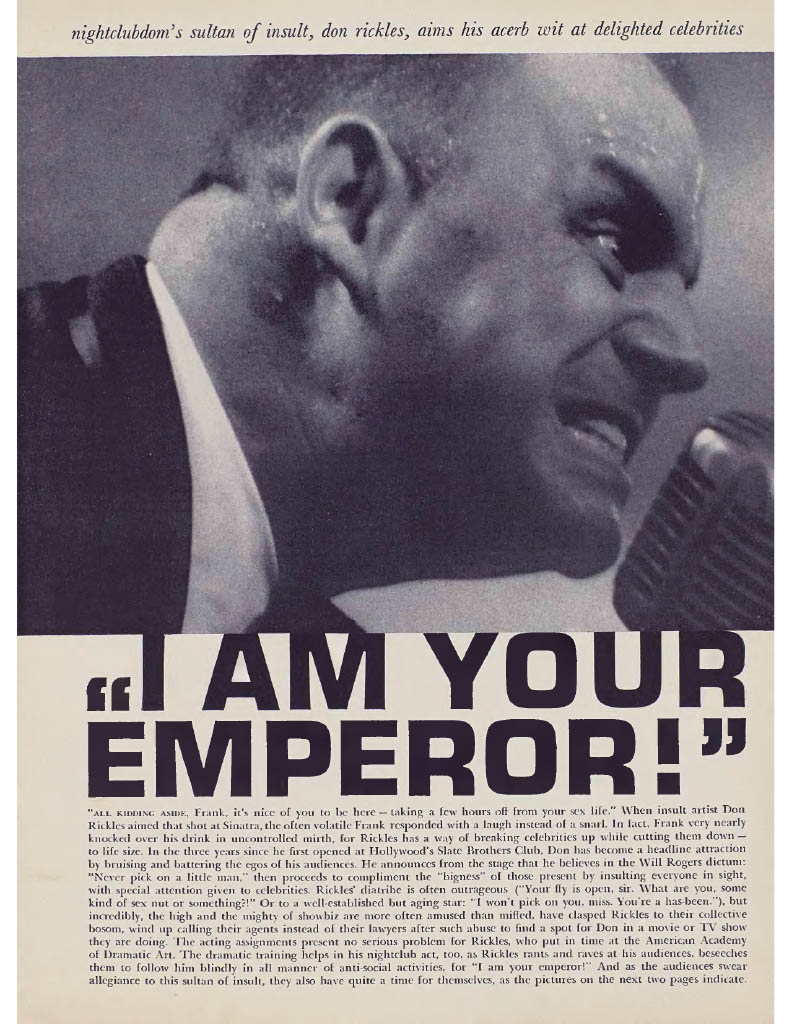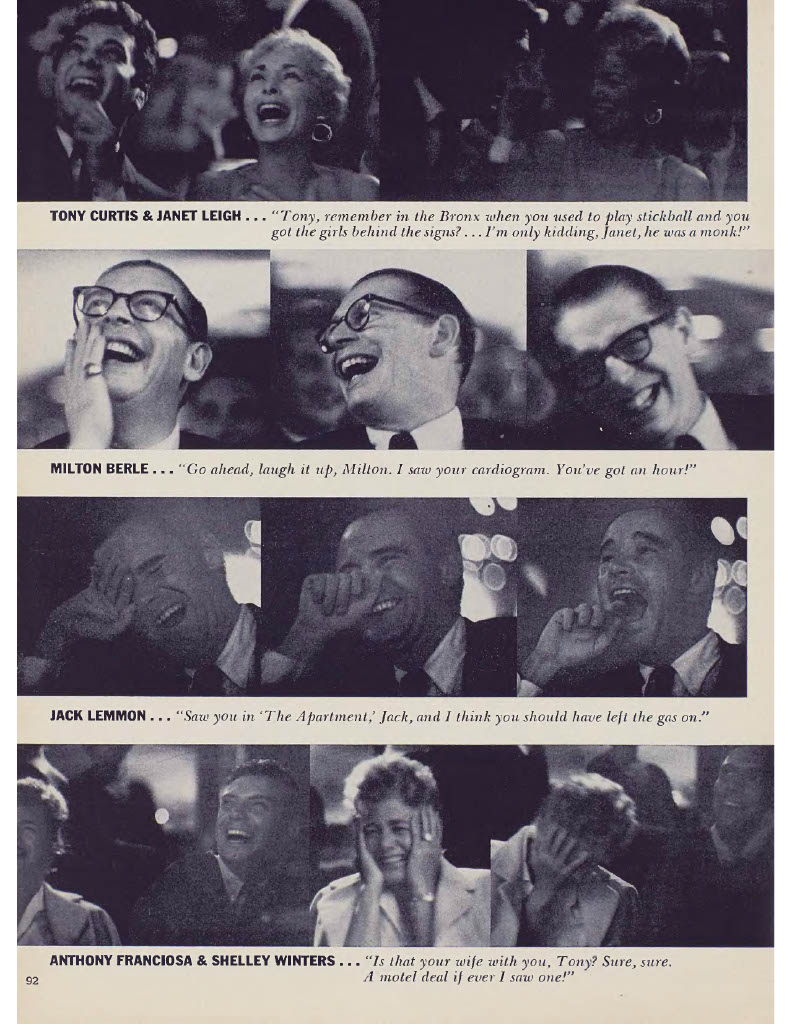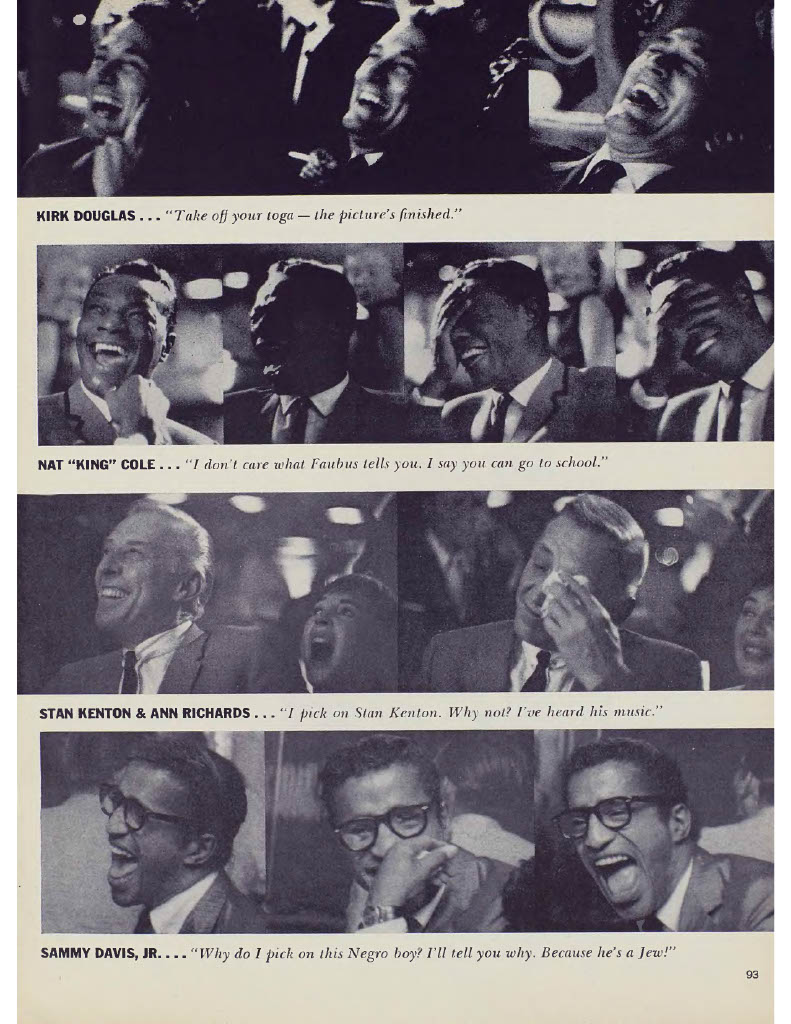Author: T Y
Karen Dalton – Ribbon Bow
Lead Belly – We Shall Be Free

Lead Belly: The Smithsonian Folkways Collection, the first career-spanning box set dedicated to the American music icon, is a 5 CD, 140-page, large-format book featuring 5 hours of music with 16 unreleased tracks.
Cisco Houston – Badman Ballad
David Milch – The New Language of the Old West

Overlooked classics of American literature: Deadwood by Pete Dexter
Unlike the TV series of the same name, this is a sadly underrated story about the men of the old West
From The Guardian
Did the American TV producer David Milch read Pete Dexter’s Deadwood before creating the 2004 HBO drama of the same name? Milch claims he didn’t, but readers of Dexter’s 1986 novel might find that hard to believe. Both Deadwoods begin in the frontier town of the same name, in the Dakota Territory’s Black Hills, in 1876, with the shooting of the Wild West gunfighter Wild Bill Hicock, and choose to find the bulk of their narrative in the aftershocks that vibrate through the town after his murder. Most of their principal characters – Sheriff Seth Bullock and his friend Solomon Star, Calamity Jane, saloon owner Al Swearengen – were real-life historical figures, and Dexter and Milch portray them very differently, but Dexter sees some of Milch’s more left-field ideas – chiefly that of turning Hicock’s historically insignificant friend Charley Utter into a major character – as a little too similar to his own. He has also criticised the TV Deadwood – a show that once featured 63 “F” words in one episode – for its unrealistic overuse of swearing.
This must all be very frustrating for Dexter, who remains terribly underrated novelist. For lovers of historically-themed entertainment, however, it’s a win-win situation. The best way to see the relationship between Dexter’s Deadwood and HBO’s Deadwood is by way of comparison to the relationship between a raw, 1930s blues song and a giant, addictive 70s rock anthem deriving from it: one probably wouldn’t have existed without the other, but they’re both great in entirely different ways.
That said, if you’ve only witnessed the Deadwood of Ian McShane and Timothy Olyphant, Dexter’s stripped down version might take a little getting used to – just as a collection of Robert Johnson songs might, if the only blues music you’d ever heard was The Rolling Stones’s Exile On Main Street. Unlike Milch, Dexter is not so interested in the intricate big-picture politics of a rapidly growing Gold Rush town. His storytelling is on a smaller scale, exploring the small foibles of masculine temper and sexuality, and getting inside the character of Utter: a flawed but well-meaning frontiersman he seems to find more interesting than Hicock. There’s warmth in his characters, but it’s not the same kind you find in their TV equivalents, which is a hyper-real warmth that perhaps has no place in a novel, especially set in a cruel, lawless place where a winter will “take the life out of your face”.
What Dexter and the TV Deadwood do have in common is a mordant, masculine wit, and a flair for casual violence. “He was carrying a leather bag, and smelled like everything he’d touched or eaten in two months,” he writes of a bounty hunter. Hicock’s killer, Jack McCall, is “a weak-looking Irishman with no butt end and a face like a rodent.” When McCall commits his infamous deed, there’s something unexcitable about the scene: it’s no Gunfight at the OK Corral but, perhaps more crucially, you feel like you can smell the spilt liquor, dirty waistcoats and wood shavings.
Of any modern novelist, perhaps only Cormac McCarthy writes more like a man whose spiritual home is the old West. By about page 50, you forgive Dexter for writing “would of” instead of “would have” because by then you’re convinced he was actually there while all this stuff was happening: a wry, taciturn presence in the corner, who stayed out of things, mostly, but could throw a doughty punch or two when necessary.
Yet oddly, this remains Dexter’s only Western novel. His other books have restlessly roamed from the newspaper business (The Paperboy) to a malevolent, bigoted small town (Paris Trout) to the life of a proto-Tiger Woods in noirish 1950s Los Angeles (Train). What links all these novels is a raw, phlegmatic view of the world and a hard-boiled voice that tells you more than any voice in actual hard-boiled fiction probably ever could.
Before Dexter embarked on a career as a novelist, in the early 80s, he was nearly killed in a bar-room brawl, and this perhaps enables him to relate so well to unadorned characters such as Utter, who’ve clearly had the crud kicked out of them a few times, and whose humour “grows an edge” when they drink. Despite what Dexter does to disguise it by putting it in a macho, life or death setting, there’s a beautifully angled, humble comic tone in lines such as (about Sheriff Bullock) “his hat went on his head as carefully as you’d set dynamite” or (about a prostitute reluctant to give a frontiersman a more tender kind of love) “If Lurline needed to cradle something, she would of borrowed Pink Buford’s bulldog” that makes it no surprise that Dexter’s favourite novel of the last 25 years is Richard Russo’s Straight Man or that his latest novel, Spooner, is the kind of epic romp John Irving might have written if he was a fan of boxing instead of wrestling. In the end, it’s perhaps that tone that Milch can thank him most for: something that – maybe accidentally, maybe intentionally – carried over into the TV Deadwood and made for a new, more mischievous and human kind of old West storytelling.
Literary Friction – Lorrie Moore

Review from NYTimes…
In Love, on the Road and Undead
By Dwight Garner
Lorrie Moore’s new novel, “I Am Homeless if This Is Not My Home,” braids a historical ghost story with a zombie romance.
There’s a well-known bit of literary advice, often misattributed to Vladimir Nabokov, that goes like this: The writer’s job is to get the main character up a tree, and then, once he’s up there, throw rocks at him. This maxim is sound, so far as it goes. But it doesn’t say what should happen if the character dies and comes back to life as a tree — or at least a treelike variety of zombie.
This is what happens in Lorrie Moore’s fluky, fitfully funny and folk-horror-adjacent new novel, “I Am Homeless if This Is Not My Home.” The book is set during the run-up to the presidential election in 2016, a year when the world fell out of joint for almost everyone. It certainly did for Finn, a young high school teacher.
Finn’s brother, Max, is dying in a hospice in the Bronx. Then the love of his life, an ex-girlfriend named Lily, dies by suicide. But lo, somehow, here she is after her burial, undead, with dirt in her mouth and worms wriggling on her neck. Finn is still in love with Lily. Lily is still in love with Finn. This is perfect. They commence a road trip.
That is essentially the plot of “I Am Homeless if This Is Not My Home,” with an additional twist. Threaded into the story are a series of diary entries, written as grieving letters, from the proprietress of a 19th-century boardinghouse. Two deaths are involved here as well. Finn finds these diaries at the house, now a decrepit tourist lodge, and steals them. Ghost story begins to braid with zombie story.
Even before her death Lily was said to resemble an apple tree. Beautiful, in Finn’s estimation, “until she started throwing her apples at you, hard hurtful pitches, like the trees in ‘The Wizard of Oz.’” If she weren’t likened to an apple tree throughout the novel, you might think of Lily as a manic pixie dream ginkgo.
One searches for literary precedents. In John Steinbeck’s third novel, “To a God Unknown” (1933), a man talks to his dead father’s spirit through an old tree. This man also, in one scene, makes love to the earth, as if he were Bill McKibben after two bottles of merlot. In Sheila Heti’s coolly apocalyptic recent novel, “Pure Colour,” a young woman, also mourning her dead father, enters a leaf and remains there for a while, converting sunlight into a light lunch.
The book critics of The New York Times have never handed out grades to novels or labeled one a “critic’s pick.” My predecessors and I have said our pieces with no available shortcuts. While reading Moore’s new one, I did sometimes think about how I’d rank it.
John Berryman said there are two ways to rank writers: in terms of gift and in terms of achievement. Moore has both. She is an American authentic. Over the course of her almost 40-year career she has published three previous novels and four books of stories. These stories are gathered in what is (so far) her masterwork: “Collected Stories,” from 2020.
Moore is a consummate user of the English language; her moisture-wicking sentences confirm and reconfirm your sanity. So many of them you want to frame and hang.
But when her books don’t work, they can seem especially futile — compilations of despairing wisecracks, tossed out as if in the “Saturday Night Live” writer’s room, bags of popcorn with many unpopped kernels. Which is a long way of getting around to sneak-delivering what I think are the first grades of my career. In terms of the other fiction published so far this year, “I Am Homeless if This Is Not My Home” is an easy A. In terms of Moore’s own high standards, it’s a C at best.
The novel begins with one of the 19th-century diary entries. It is so charming and sly and dirty that you might realize: This is what you’ve always wanted, a modern historical novel — an “Oldest Living Confederate Widow Tells All” or a “Lincoln in the Bardo” — from Lorrie Moore. The diarist is in lust with a gentleman boarder and his sexy pomaded mutton chops. He says she has inner beauty. “I wish it would strike outward,” she replies. “It’s best to have things come to the surface.”
You settle into the tone of this story. Move over, Hilary Mantel. That’s how good the opener is. There’s a bit of Cormac McCarthy’s recent cosmic-circus high jinks. Then a different story comes along to replace it. It’s as if you are a child again, and someone has stolen your hot dog.
Moore once said that to write a short story, you must be able to stay up all night. Parts of “I Am Homeless if This Is Not My Home” seem to have been written late at night, in a good way. She has a terrific time describing the undead Lily, her eyes as gold as chicken fat, her ribs like Venetian blinds, her teeth like little nuts, with a complexion that resembled “the gray-green yolk of an overcooked egg.” She reeks of fish and cheese, or of week-old poultry.
She’s a lukewarm mess, but not to Finn. She bestows her swampy splendor on him. They have car sex. They seem totally into it. This reader kept flashing back to the necrophilia scenes in William T. Vollmann’s dreadful, in every regard, “Last Stories and Other Stories” (2014), which are all weedy crotches and sour nipples that pop off in lovers’ mouths.
Lily is so good-humored, and her banter so lively, that she also calls to mind the undead and half-chewed and grave but still antic Griffin Dunne in the film “An American Werewolf in London.”
Moore stretches for deeper themes in this novel, and of course they’re there: It’s a book about loss, and about the patience and endurance it takes to treat the dying with respect, and about the shaggy and multiform varieties of love.
But it’s more about the jokes. When Finn starts to mansplain something about the Mariana Trench, Lily asks, “Didn’t you date her in high school?”

Lorrie Moore, author of “I Am Homeless if This Is Not My Home.”
Credit…John Foley / Opale / Bridgeman Images
Don Rickles – Playboy 1961



